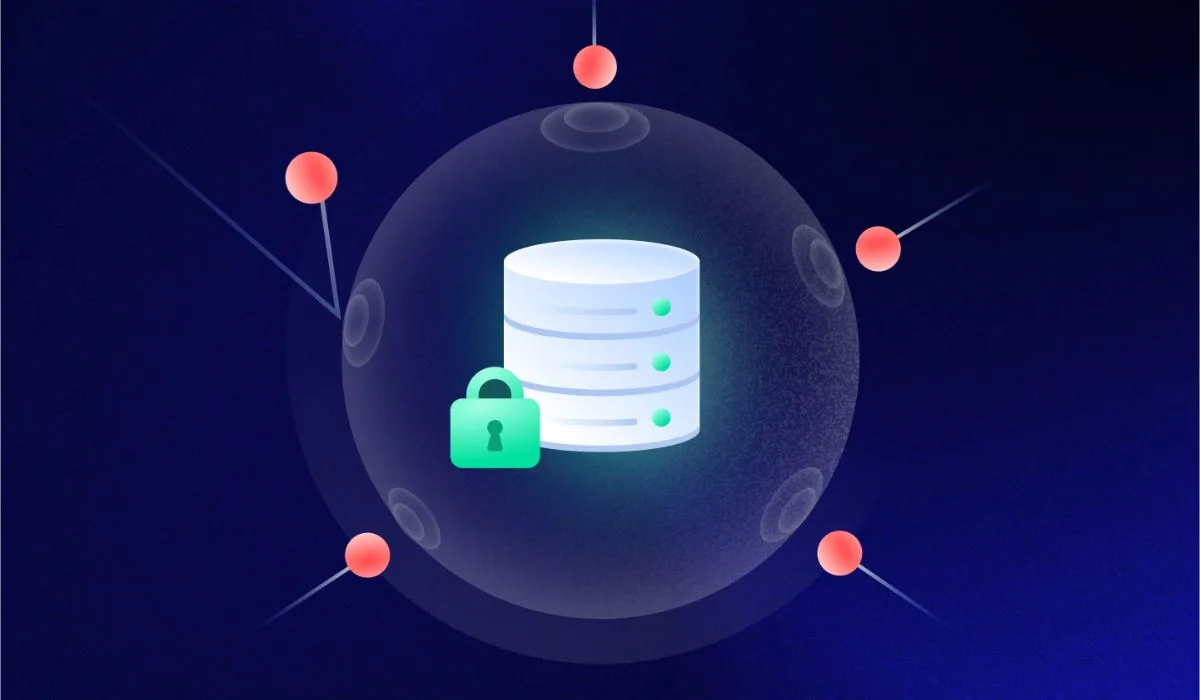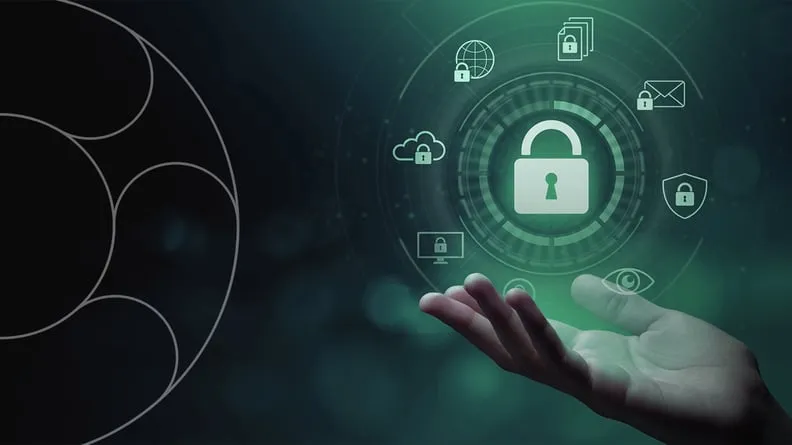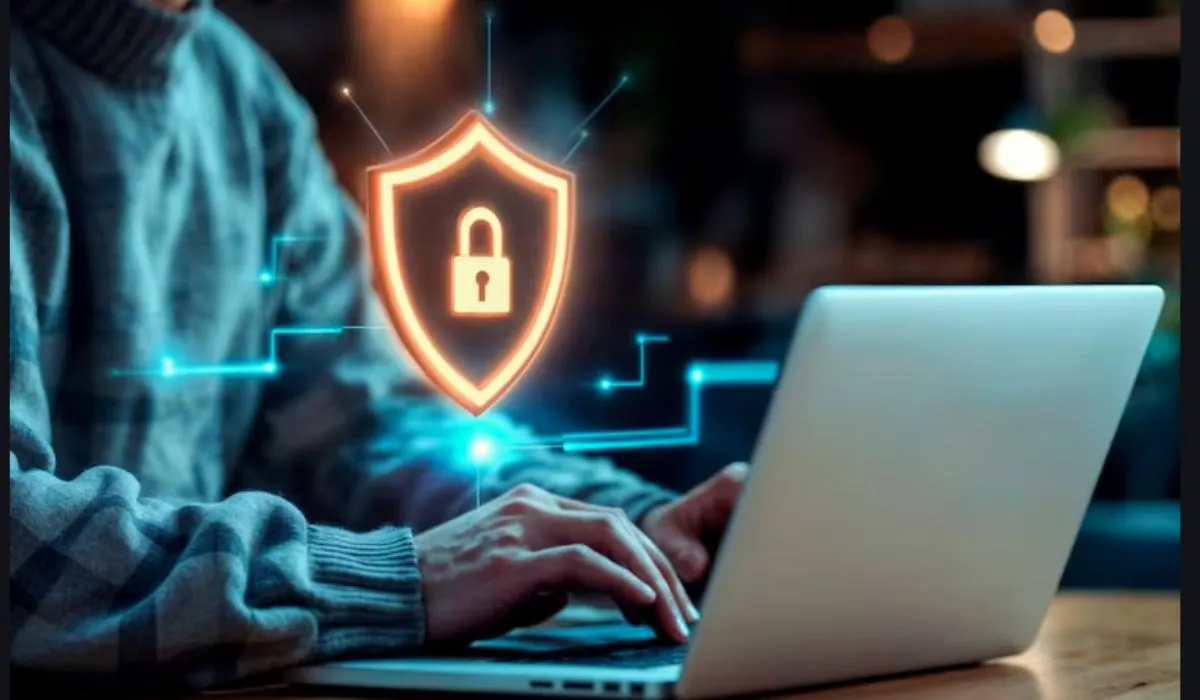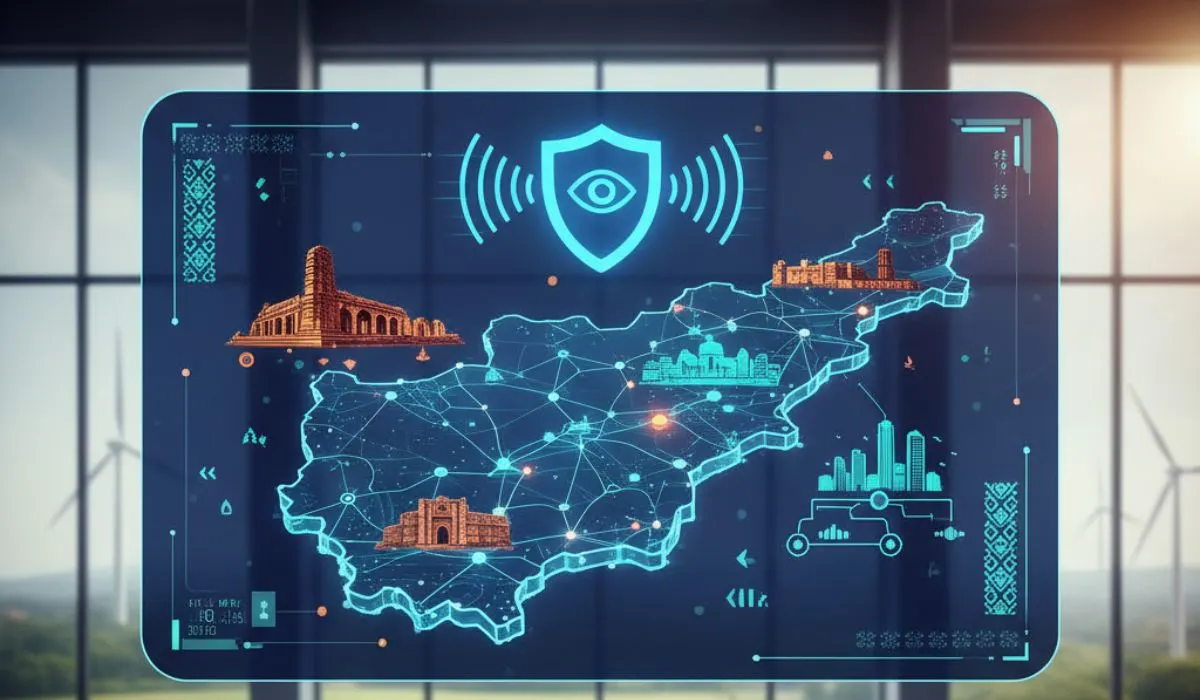A cybersecurity risk assessment checklist is a simple and strong list to protect your business from cybercrimes. It gives steps to find risks, see weaknesses, and secure the systems before a cybercrime happens. It’s like a health visit for digital files. Without using it even small differences can turn into costly cyberattacks.
In today’s rapidly -changing online world, risks are everywhere. Serious threats like Hackers, malware, phishing, and insider risks. With a cybersecurity risk assessment checklist, you get a clear, structured plan to cut these risks which keep customers safe, and it makes sure to follow rules like GDPR or HIPAA.
Why a Cybersecurity Risk Assessment Checklist is Important?
Cybersecurity is not just an IT problem but it is a business problem too. If the system shuts down, sales stop. If customer data is stolen, trust is broken. If the rules are ignored, it will be followed by fines.
Some studies show cyberattacks are increasing every year. Commonly, Small businesses are the easy targets because they think they are “too small” to think about that is the reason why hackers attack them.
Here’s why a checklist is important:
- Early Detection: It shows possible risk before they turn into real attacks which can cost heavy.
- Following Rules: It is essential for industries like healthcare, retail, and finance to follow the laws and rules.
- Customer Faith: People stay loyal to brands that keep their data safe.
- Continuity of Business: Saves time and money by reducing downtime.
In other words, a cybersecurity risk assessment checklist is important and helpful but it’s not an option.
Steps for Cybersecurity Risk Assessment Checklist
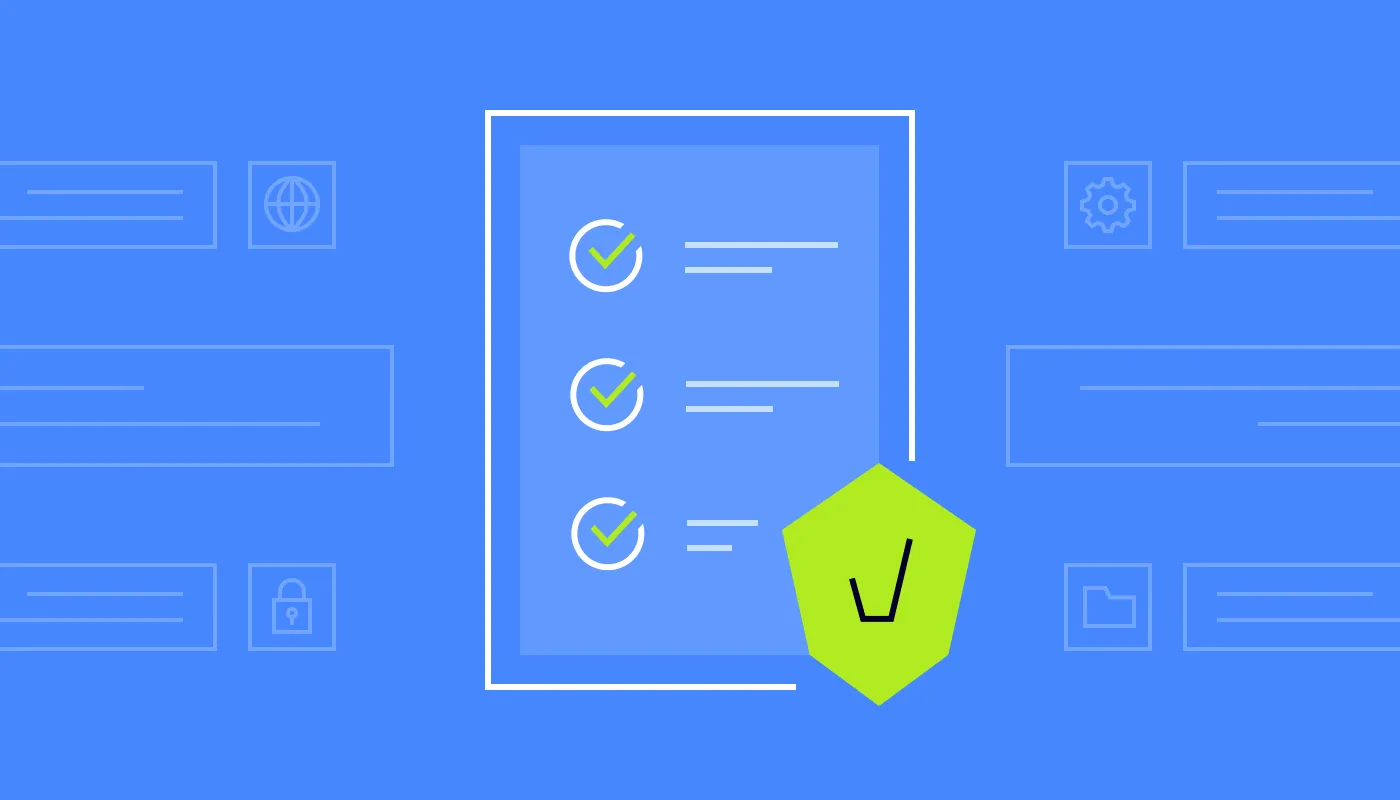
Step 1: Identify What Needs Protection
The first step is listing your digital assets. You cannot protect what you do not know exists.
Typical assets include:
- Customer records, such as names, emails, and payment details
- Employee information and payroll data
- Applications, software, and SaaS platforms
- Company financial documents
- Machines like laptops, desktops, mobile phones, tablets
- Cloud systems and servers
After listing, group these into categories like public, confidential, and restricted. This helps you decide where to apply the strongest defence.
Step 2: Identify Problems
Once you come to know about what needs to be protected, then identify what could harm it. This is where a cyber-threat evaluation guide helps.
Some common threats are:
- Malware and Ransomware: Malicious software that locks data until you pay.
- Phishing: Fake emails confuses employees which leads to sharing passwords.
- Insider Risks: Employees which are misusing their access intentionally or accidentally are possible risks.
- Third-party Risks: Weak vendor security also creates a quite entry into your system.
- Cloud Weaknesses: Due to misconfigured storage, it allows unauthorized access.
- Physical Theft: If Lost or stolen devices are containing sensitive files, it can be a serious threat too.
Each threat must be written down because “unknown risks” are the hardest to defend.
Step 3: Check for Weaknesses
The most common question is “Where are we most exposed?” This is the main part of the IT security risk checklist.
It Focuses on:
- Passwords: Are they weak, reused again and again, or change regularly?
- Software: Are patches and updates delayed?
- Firewalls: Are they outdated or misconfigured?
- Data: Is encryption missing for files in transit or storage?
- Devices: Are personal laptops and phones used without monitoring?
- Cloud accounts: Are admin rights granted to too many users?
Think of vulnerabilities as unlocked windows in your office. The checklist helps close each one before an intruder enters.
Step 4: Check Risk and Business Impact
Not all risks are equal. A minor incident could cause little trouble, while others could shut you down for weeks.
For each weakness, answer:
- How likely is the threat?
- How much damage could it cause?
Example: A misconfigured printer may pose little risk. But an unencrypted customer database has high impact if stolen.
By ranking risks, you can focus limited resources on the most critical problems first — a smart part of network security risk management.
Step 5: Add Defensive Controls
Now it’s time to reduce the risks you discovered. Deploy protective measures such as:
- Strong Authentication: Multi-factor login for all users.
- Encryption: It codes and secure sensitive files during storage and when it’s shared.
- Regular Backups: Use cloud storage or offsite backups for recovery after disaster.
- Fixing Software: Apply updates rapidly to close known gaps.
- Firewalls: It stops the unwanted traffic before it enters.
- Training Staff: Teach staff how to detect phishing, scams, and other risks to avoid danger or loss
The main one cause of breaches are human errors. A single employee clicking a bad link can expose the entire company. Regular training is as important as technical tools.
Step 6: Monitoring and Regular Tests
Cybersecurity never ends. Threats grow daily, and even well-protected systems can get outdated fast.
Practical steps include:
- Audits every 6–12 months
- Real-life penetration testing
- Installing monitoring tools for unusual activity
- Updating your cybersecurity risk assessment checklist whenever new risks appear
Regular reviews ensure your defences don’t gather dust.
Enterprise Cybersecurity Assessment
For larger organizations, the risks naturally get bigger. An enterprise cybersecurity assessment expands the checklist to cover the entire company environment.
Areas it covers include:
- Reviewing company-wide IT policies and governance
- Checking third-party/vendor security agreements
- Identifying risks in hybrid and remote work setups
- Make rules are followed with standards like ISO 27001, HIPAA, GDPR
- Testing strategies like disaster recovery and data backup strategies for real life situations.
This “big picture” approach makes sure cybersecurity is built into every level—from board decisions to IT operations.
Best Practices to Strengthen the Checklist
To make your risk assessment more useful and strong, there are some extra practices:
- No Trust Policy: Always verify users, employees and devices, don’t trust anyone. Access should be limited.
- Stay Updated: Old systems are hacker favourites because of easy access.
- Automate Responses: Use SIEM tools for real and instant alerts.
- Keep Records: Store logs of audits and fixes for compliance.
- Training: Make employees into first stage of defence to stop human errors.
- Plan: Build clear response steps for breaches.
These practices turn your checklist into an ongoing safety routine, not a one-time action.
Read More:- Cybersecurity for E-Commerce Websites
Conclusion
A cybersecurity risk assessment checklist is more than a technical tool. It’s a business security guard. By identifying assets, understanding threats, fixing weaknesses, and adding defences, you can reduce threats and protect your online environment.
For larger businesses, combining this checklist with an enterprise cybersecurity assessment makes sure to follow rules, trust, and readiness against upcoming threats.
In the online world, cyber risks will never end. But with a clear checklist, constant reviews, and employee awareness, your organization will always stay one step ahead of attackers. Cybersecurity is not about fear but about preparation, confidence, and resilience. And the checklist is your first and most practical step.



